1. Rover
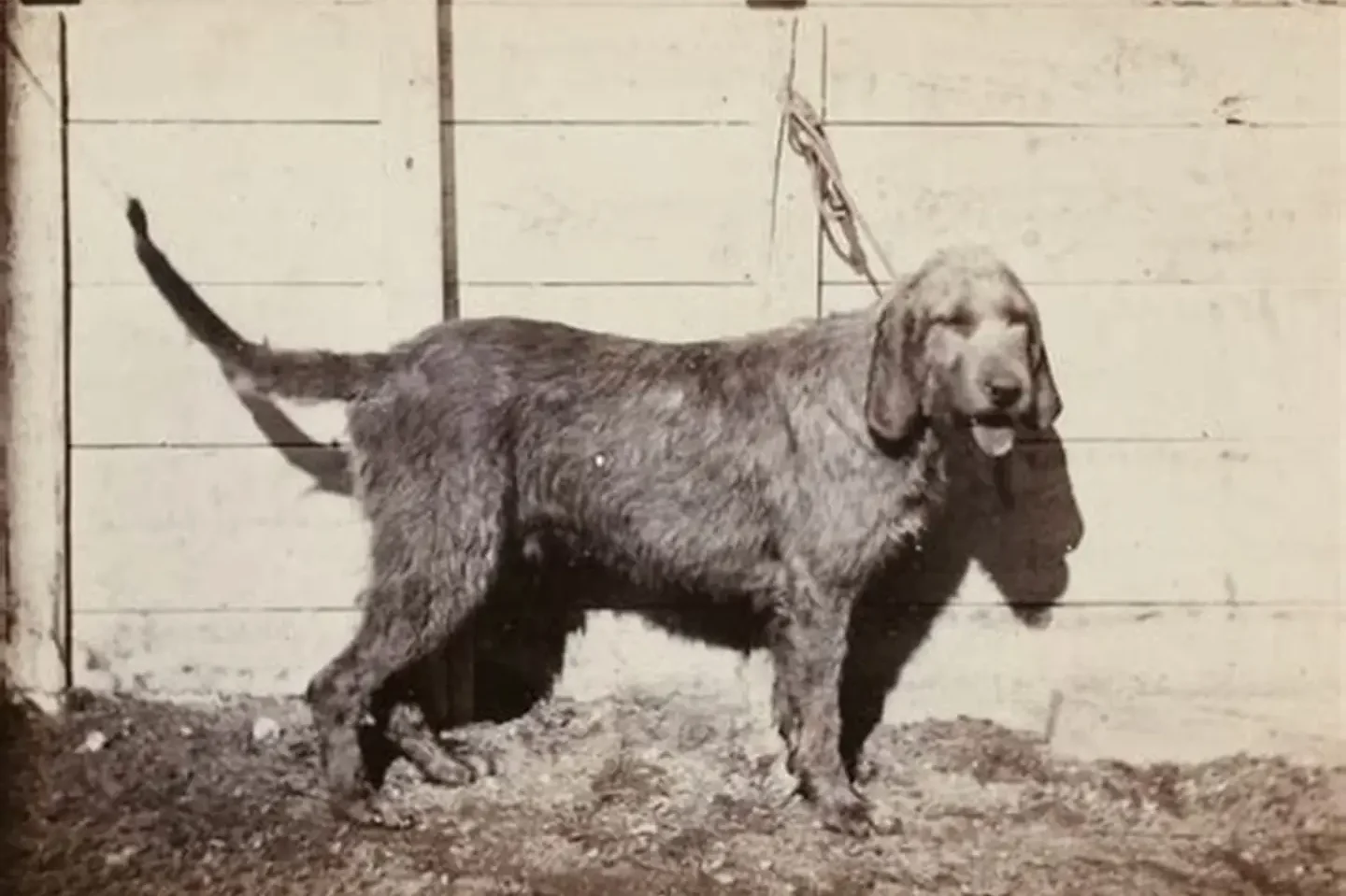
In the 1940s, dogs were more than pets; they were family members that filled homes with laughter and loyalty. And no name captured that better than Rover. It appeared in schoolbooks, radio plays, and comics as the ultimate good boy who never strayed too far. Families chose it because it felt friendly and familiar, the kind of name that fit any dog. But over the years, Rover became too common, losing its personal touch. Now, it’s more nostalgic than popular, a reminder of simpler times when names carried warmth instead of style.
2. Spot
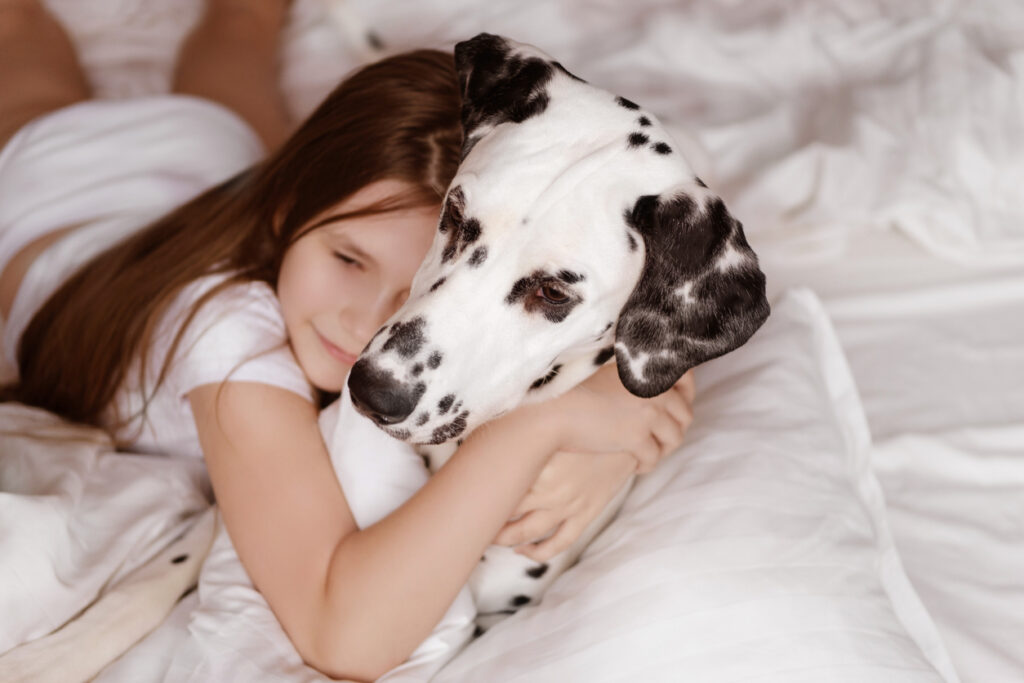
Every child from the 1940s probably learned to read with a story about a cheerful dog named Spot. The name was short, bright, and easy to say, making it perfect for both kids and their pets. Families loved how it matched a dog’s playful nature, especially those with spotted coats. But as pet names evolved to reflect individuality, Spot began to sound too literal and childlike. It now belongs more to classroom flashcards and vintage books than to modern dog tags, living on as a fond memory from a time when names were simple and sweet.
3. Fido
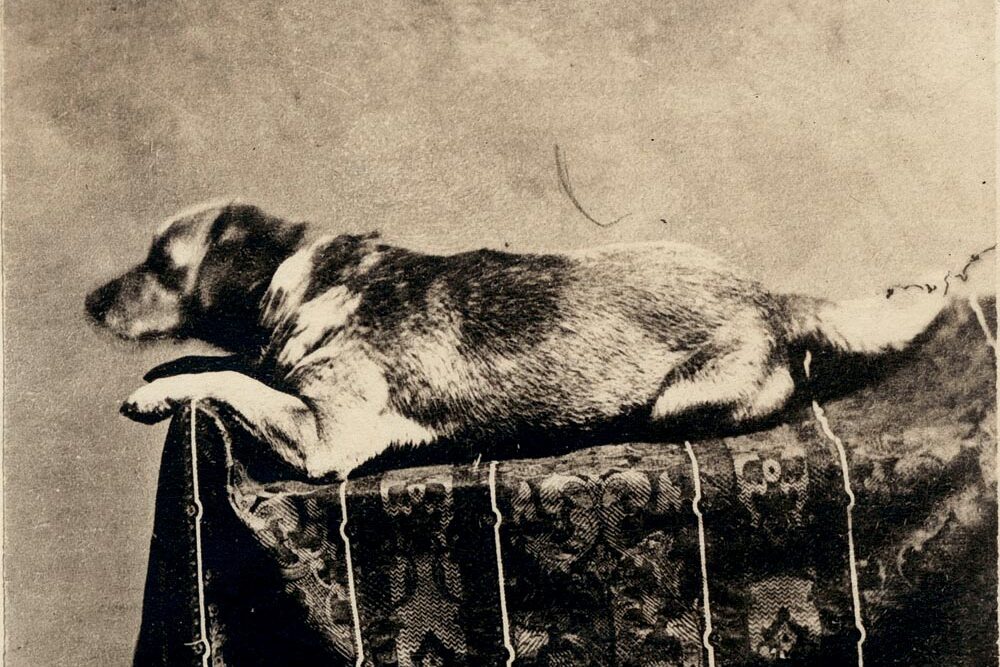
Fido once stood for loyalty itself. The name reached fame through Abraham Lincoln’s dog and became a household favorite well into the 1940s. It meant trust, companionship, and devotion, values people cherished after years of uncertainty. But Fido eventually grew too familiar, becoming a general term for any dog. That made it lose its individuality and charm. While few people today would call their pet Fido, the name still holds a place in history, symbolizing a time when dogs represented steadfast friendship and every bark carried a bit of hope and faith.
4. Queenie
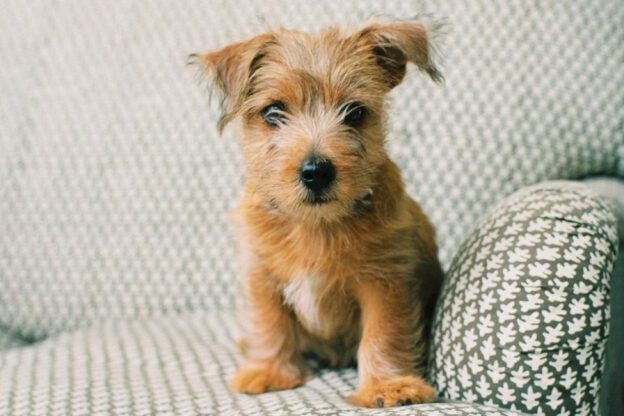
There was a time when Queenie ruled suburban porches and parlor rugs across America. The name carried grace and charm, often given to well-groomed lapdogs who sat beside their owners during afternoon tea. Magazines featured Queenie in ads for ribbons and brushes, making her the picture of polite femininity. But as society loosened its ideas about class and formality, Queenie began to sound too prim. Today, it feels old-fashioned, replaced by names like Bella or Daisy. Still, Queenie remains a gentle nod to a period when even pets were expected to have perfect manners.
5. Rex
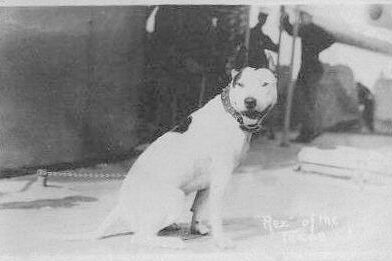
Strong, regal, and confident, Rex was a top pick for families who wanted their dogs to sound brave and noble. Derived from the Latin word for king, it perfectly suited police dogs, farm guardians, and loyal companions who watched over children. In the 1940s, Rex embodied protection and discipline. But as dogs shifted from outdoor workers to indoor family members, the name began to feel too formal and commanding. Today, Rex carries a classic charm, though it often appears more in vintage stories than at the vet’s office, echoing a proud legacy of loyalty.
6. Lady

Lady was once the gold standard for polite, well-behaved dogs. The name fit the era’s obsession with manners and refinement, suggesting a companion who walked gracefully and never misbehaved. It became even more iconic when Disney released “Lady and the Tramp,” sealing its place in pop culture. But in real life, the name gradually fell out of fashion as people moved toward friendlier, more casual choices. Lady still surfaces occasionally, especially among those who love old Hollywood flair, but it now feels like a tribute to a bygone era of polished charm and quiet elegance.
7. Buddy
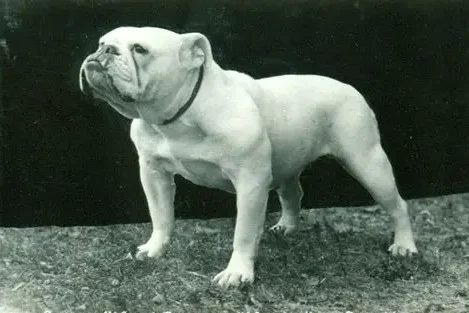
After the war, America was rebuilding, and families wanted comfort, loyalty, and friendship. That spirit lived in every dog named Buddy. It was the name of a companion who waited by the door, chased after kids, and sat proudly in truck beds. It symbolized connection and warmth, traits everyone valued after years of hardship. Buddy has never truly disappeared, but it’s less dominant now, overshadowed by names that sound more unique. Still, Buddy remains timeless, the kind of name that reminds us why dogs earned their title as man’s best friend.
8. Brownie

Brownie was a simple, affectionate name inspired by a dog’s color rather than its character. Families in the 1940s loved calling their brown-coated pets Brownie because it felt cheerful and easy to remember. It reflected an era when most dogs roamed free, and practical names were the norm. As naming trends shifted toward personality-based or pop-culture-inspired choices, Brownie started to feel too literal. Now, it’s rarely heard outside old photographs and family stories, where Brownie still sits smiling by the porch steps, representing a time when love was uncomplicated and sincere.
9. Duke
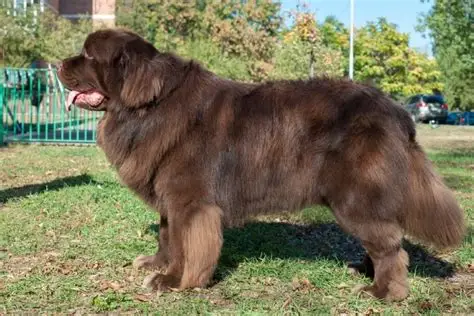
Duke carried weight, strength, and respect. It was a name that suited big dogs with steady eyes and proud postures. Western films and radio shows of the time helped make it popular, giving it a rugged American feel. Families wanted names that sounded solid, and Duke fit perfectly. Over the years, though, it began to feel too serious for the softer, more playful naming styles of modern owners. Still, for those who appreciate tradition, Duke remains a strong and confident classic, the kind of name that never truly goes out of style.
10. Tiny

Tiny was a favorite because it made people smile. Families used it humorously for large breeds or lovingly for small ones. In the 1940s, nicknames like this felt charming and personal, showing affection through irony or playfulness. It worked in every neighborhood where dogs were part of everyday life. But as trends changed, Tiny began to feel a bit too old-fashioned, replaced by more creative or human-style names. Still, it lingers as a sweet reminder of a simpler era, when humor and heart shaped the little details of family life.
11. Princess

In the 1940s, Princess represented pride and affection. Owners used it for dainty lapdogs who lived like royalty, often pampered with bows and ribbons. The name reflected aspiration and a touch of glamour, especially in middle-class homes that wanted something elegant. Over time, though, Princess started to feel overused and even a little silly. Modern owners prefer names like Ruby or Stella, keeping the sparkle but dropping the formality. Yet Princess remains a charming relic of a time when naming a pet was as much about dreams as devotion.
12. Lucky

After the war, people wanted symbols of hope and survival, and Lucky captured that perfectly. Families adopted dogs rescued from shelters or streets and named them Lucky as a small prayer for better days. It became one of the most heartfelt names of the 1940s, representing gratitude and good fortune. Today, it’s still used, but mostly for sentimental reasons rather than fashion. While newer names have taken its place, Lucky continues to carry the quiet joy of its history, reminding us how deeply people once believed in second chances.
13. Shadow

Shadow was the name given to dogs who never left their owner’s side. In the 1940s, when many pets roamed freely on farms or in small towns, it made perfect sense. A faithful companion who followed every step became “Shadow” without much thought. It described loyalty rather than personality. As lifestyles changed and pets moved indoors, descriptive names like this faded. Yet Shadow still appears now and then, chosen by owners who love the quiet loyalty it implies. It remains a soft, timeless name that whispers companionship without needing explanation.
14. Blackie

Blackie was once as natural a name as Brownie or Spot. Families chose it simply to describe their dog’s dark fur, not thinking beyond appearance. It was warm, common, and practical, perfectly fitting for the times. But language evolves, and modern sensibilities have made people more thoughtful about such literal color names. These days, alternatives like Jet or Midnight are preferred, giving the same idea with a fresher sound. Blackie now rests gently in memory, a small echo of an era when names reflected what you saw, not what you wanted to say.
15. Sarge
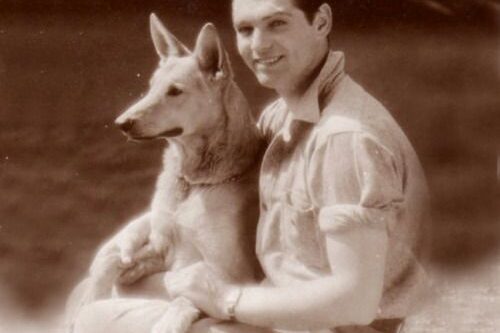
When soldiers returned home in the 1940s, they brought pieces of their military life with them, including names like Sarge. It represented discipline, loyalty, and strength, perfect for dogs who listened well and stayed close. Many families named their pets Sarge as a tribute to courage and service. As the years passed, the name faded with changing times, replaced by softer and more playful ones. Still, in veteran families, it holds quiet honor, reminding people of sacrifice, teamwork, and the steady companionship of dogs who never left their post.
16. Tippy
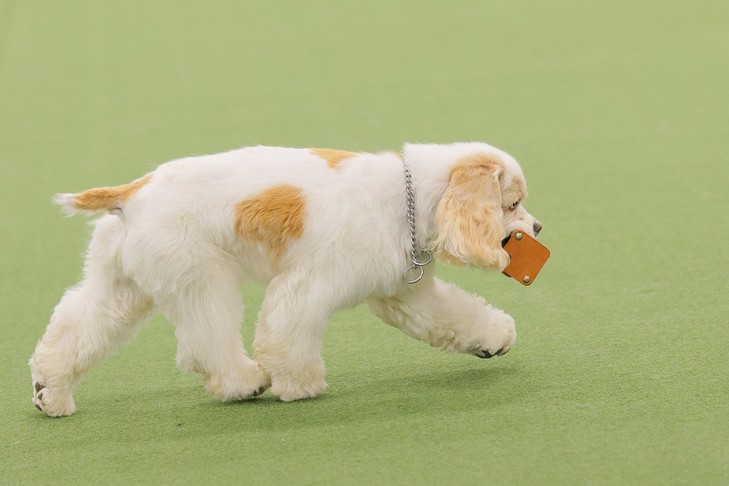
Tippy was one of those names that just made sense in a small-town neighborhood. Dogs with white-tipped tails or paws seemed destined to have it. Kids shouted it across fields, and everyone knew exactly which dog they meant. In the 1940s, descriptive names like this were part of daily life, simple and affectionate. Over time, Tippy slipped away as pets became more personalized and city living reduced those outdoor adventures. It’s a cheerful relic now, carrying the gentle nostalgia of front yards, family porches, and wagging tails in the afternoon sun.
17. Ginger
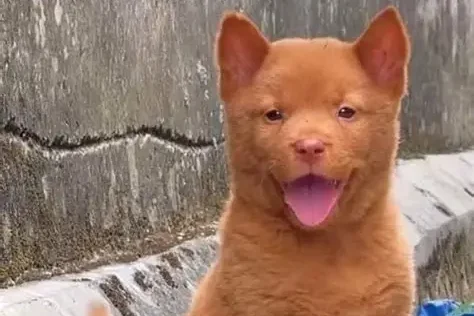
Ginger was warm and lively, perfect for golden or red-coated dogs. It reflected both the color and the friendly personality that so many family pets had. The name also carried a dash of Hollywood sparkle thanks to Ginger Rogers, giving it flair without pretense. But as newer names took over, Ginger began to sound like a classic rather than a trend. Still, it remains beloved in households that value timeless simplicity. When you hear it today, it brings to mind kitchens that smelled of bread, laughter, and a dog curled up by the stove.
18. Spike
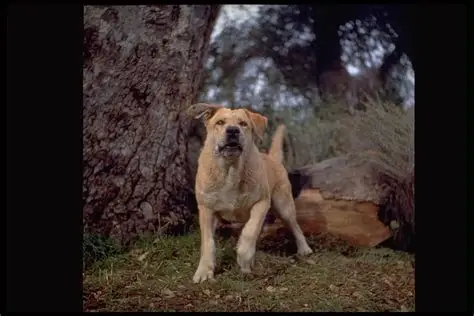
Spike was made for toughness. It fit big, sturdy dogs guarding homes and farms in the 1940s, when pets were both protectors and companions. The name suggested grit and strength, qualities that owners admired. As families moved to cities and dogs became more indoor friends than outdoor guardians, Spike started to sound a bit too harsh. Still, it lives on among those who love vintage energy or a playful nod to old cartoons. Spike may not be trendy, but it’s a classic reminder of when courage and loyalty ruled the backyard.
19. Patches
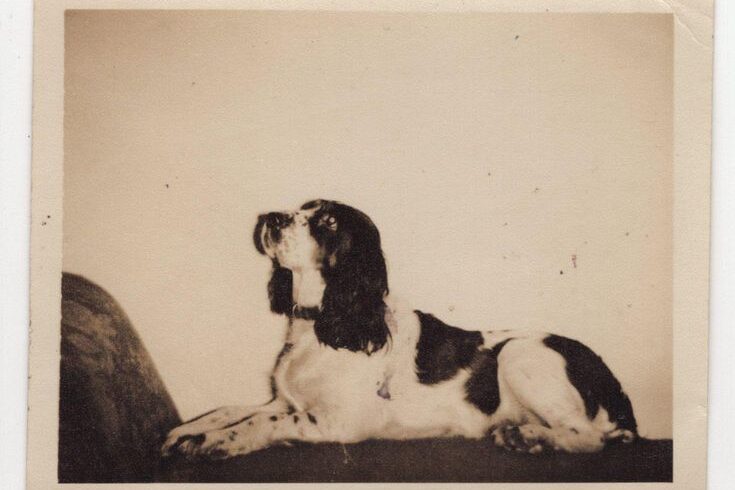
Back then, you could tell a dog’s name just by looking at it, and Patches was proof. Mixed-breed dogs with piebald coats proudly wore the name, recognized instantly by neighbors and friends. It reflected a time when dogs were part of the community, not just the household. As urban life took over, people began naming pets for personality rather than looks, and Patches slowly disappeared from popularity. Still, it’s one of those comforting names that bring to mind wide lawns, hand-me-down collars, and children calling out joyfully across open fields.
20. Snowball
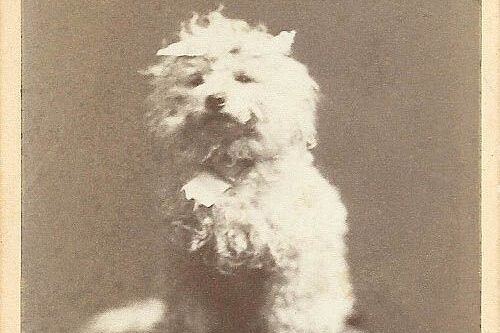
For white-coated dogs, Snowball was an obvious choice. The name felt cheerful, light, and a little magical, especially for families with young children. It captured innocence and fun in a single word. But as pet names grew more creative and owners looked for unique options, Snowball started to sound too cute for adults. It survives now mostly in older families who love its simplicity. Though no longer fashionable, Snowball still sparkles with old-fashioned charm, reminding us that sometimes the sweetest names are the ones that make you smile without trying.
21. Bingo

Everyone knew the song about a farmer and his dog named Bingo, and that made it an instant favorite in the 1940s. It was fun, easy to remember, and filled with energy. Kids loved shouting it, and parents loved how cheerful it sounded. But as the years went by, Bingo became more of a novelty than a trend, tied closely to childhood nostalgia. Today, it’s a rare but joyful pick for families who want something classic and playful. Bingo reminds us that the best names carry stories worth singing long after they fade.
This story 21 Dog Names That Were Hugely Popular in the 1940s (But Sound Strange Today) was first published on Daily FETCH


